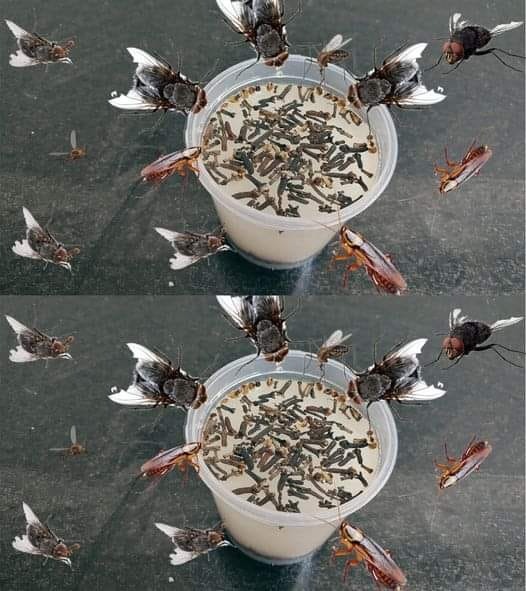Have you ever paused to consider the tiny stickers adorning the fruits you buy at the grocery store? You know, those little labels featuring a string of numbers and sometimes letters? They may seem insignificant at first glance, but these stickers actually hold a wealth of information that goes beyond mere decoration. In fact, they reveal a fascinating world of agricultural practices, food safety regulations, and even environmental considerations.
So, what exactly do those numbers mean?
Let's start with the basics. The numbers you see on fruit stickers are part of the PLU (Price Look-Up) system, which was introduced in the 1990s to streamline the checkout process and provide consumers with information about the produce they are purchasing. Each PLU code consists of four to five digits and may be accompanied by a prefix.
The most common PLU codes are four digits long, and they serve as identifiers for conventionally grown produce. For example, a banana might have the code "4011" printed on its sticker. This number allows cashiers to ring up the item correctly at the register.
However, if you spot a five-digit PLU code beginning with the number "9," it signifies that the fruit is organic. So, if you see a "94011" on a banana sticker, you can rest assured that it was grown using organic farming methods, which typically eschew synthetic pesticides and fertilizers in favor of natural alternatives.







